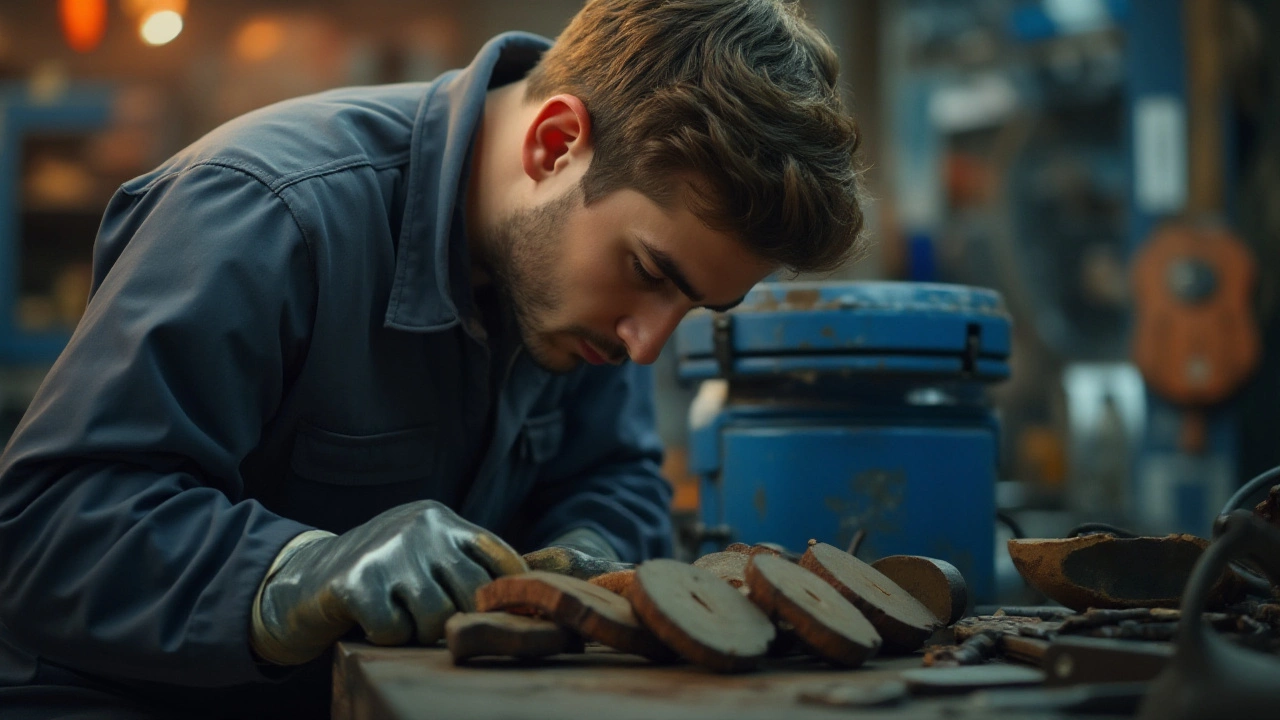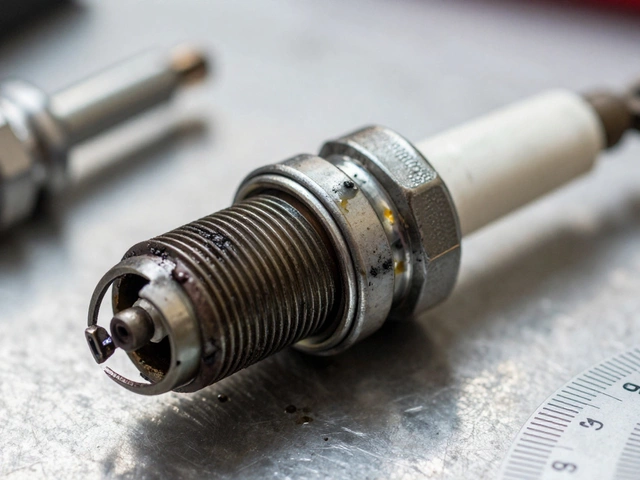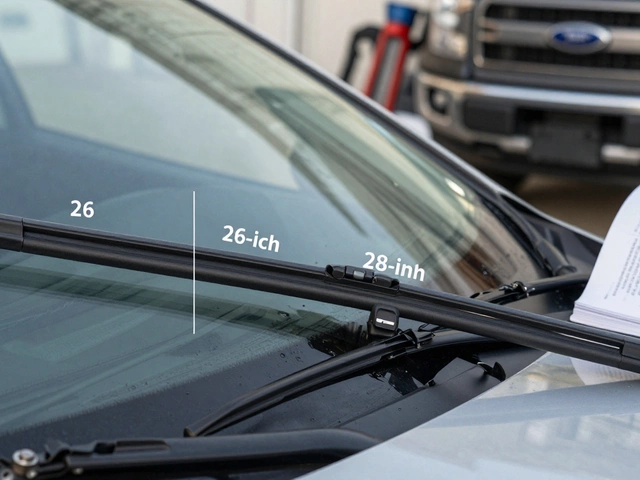Worn Brakes: Signs, Risks, and What to Do Next
When your worn brakes, a common vehicle safety issue caused by degraded brake pads or rotors that reduce stopping power. Also known as failing brake components, they don’t always scream for attention—but they’ll definitely make you regret ignoring them. Most drivers wait until they hear a screech or feel the pedal sink, but by then, you’re already risking your safety and spending way more than you should.
Brake pads, the friction material that presses against the rotors to stop your car wear down over time, usually between 20,000 and 50,000 miles, depending on your driving style. If you’re constantly stopping in traffic or hauling heavy loads, they’ll go faster. And when those pads get thin, they start grinding against the brake rotors, the metal discs that rotate with your wheels and slow down when the pads clamp them. That’s when the rotors get scored, warped, or even cracked—and replacing them costs three times as much as just swapping the pads.
You might not realize your brakes are failing until it’s too late. A soft or spongy pedal? That’s air in the lines or fluid leaking. A pulling sensation when you brake? One side is wearing unevenly. A high-pitched squeal? That’s the wear indicator tab scraping the rotor—your brake system’s way of saying, "I’m done." And if you hear metal-on-metal grinding, you’re already damaging the rotors. These aren’t just repair issues—they’re red flags for accidents.
It’s not just about stopping distance. Worn brakes affect your steering, your tire wear, and even your suspension. If your brakes are dragging or overheating, it puts extra stress on your shocks and struts. That’s why checking your brakes isn’t just a maintenance task—it’s a safety habit. Most mechanics will inspect them during an oil change, but if you’re hearing strange noises or feeling vibrations, don’t wait for your next service.
What you’ll find below are real, practical guides from drivers who’ve been there. You’ll learn how to spot worn brakes before they turn into a crisis, whether you can skip replacing rotors when changing pads, and how to tell if that noise is just a bad pad or a full system failure. We’ve pulled together the most useful checks, cost comparisons, and DIY tips so you don’t get overcharged or left stranded. No fluff. Just what you need to know to keep your car stopping like it should.





